How long does cast iron pipe last?
2024-11-18 16:12:06 hits:0
Cast iron pipes are widely used in construction and infrastructure due to their excellent mechanical properties and corrosion resistance. Below is a detailed introduction to the classification, characteristics, and lifespan of cast iron pipes.
Classification of Cast Iron Pipes
1. Classification by Manufacturing Process
Cast iron pipes can be classified based on their manufacturing process and usage:
- Gray Cast Iron Pipes:
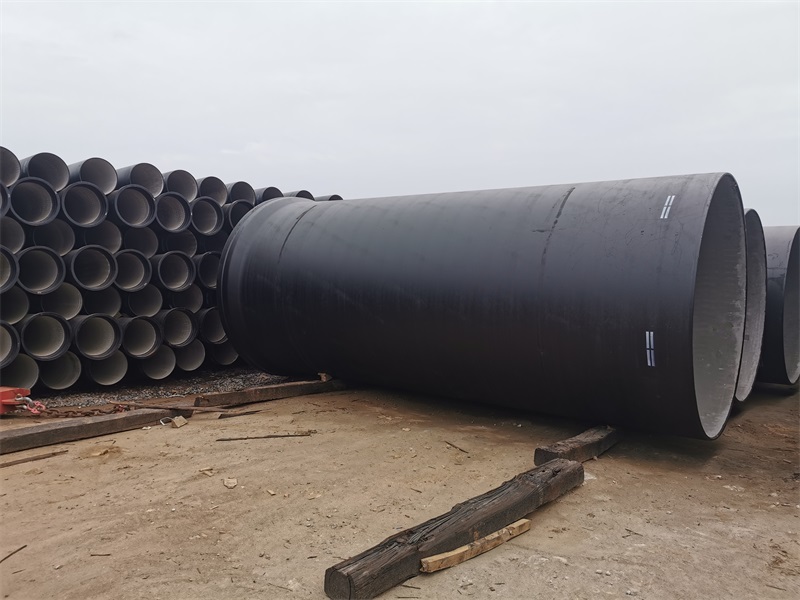
- Characteristics: Contains graphite, has good casting performance and fluidity, high compressive strength, but is relatively brittle.
- Usage: Commonly used for drainage, sewage, and stormwater discharge systems.
- Ductile Iron Pipes (also known as spheroidal graphite iron pipes
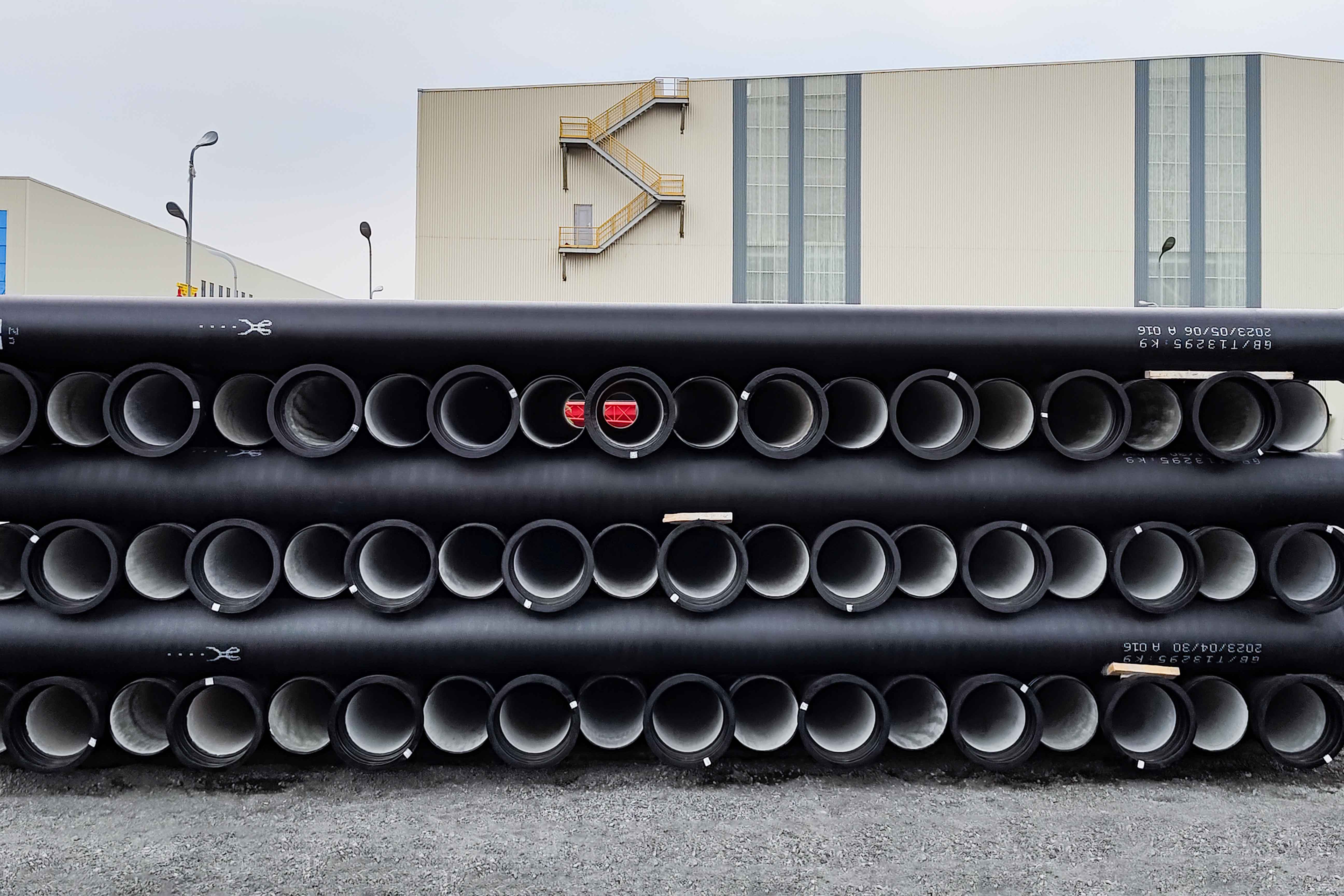
- Characteristics: Graphite is spheroidized by adding magnesium, resulting in higher toughness and strength, with better corrosion resistance than gray cast iron.
- Usage: Widely used in water supply, drainage, and heating systems, suitable for high-pressure applications.
- Cast Aluminum Alloy Pipes:
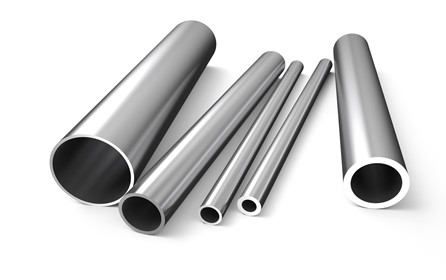
- Characteristics: Although not traditionally classified as cast iron, they may be used in conjunction with cast iron pipes and are lightweight and corrosion-resistant.
- Usage: Used in certain special applications, such as lightweight structures or low-pressure environments.
2. Classification by Usage
- Water Supply Pipes:
- Used in urban water supply systems, typically made of ductile iron pipes to withstand higher pressures.
- Drainage Pipes:
- Used for sewage and stormwater discharge, usually made of gray cast iron due to its good corrosion resistance and cost-effectiveness.
- HVAC Pipes:
- Used in heating and cooling systems, typically requiring materials that can withstand high temperatures and pressures.
Lifespan of Cast Iron Pipes
The lifespan of
cast iron pipes is influenced by various factors, including material type,
environmental conditions, installation quality, and maintenance practices. Here
are some key points:
1. Estimated Lifespan
- Gray Cast Iron Pipes: The typical
lifespan is around 50 to 65 years. Under certain conditions,
with proper maintenance, they can last up to 75 years or
longer.
- Ductile Iron Pipes: Due to their
superior physical properties, ductile iron pipes generally have a lifespan
of 80 to 100 years, and under ideal conditions, they may even
exceed 100 years.
2. Influencing Factors
- Soil Conditions: The acidity or
alkalinity of the soil, moisture levels, and corrosiveness can
significantly impact the durability of the pipes.
- Water Quality: High levels of
chemicals (such as chlorides or sulfates) in the water can accelerate
corrosion.
- Installation Quality: Proper
installation techniques are crucial for maximizing lifespan.
- Maintenance Practices: Regular
inspections and maintenance help identify issues early on and extend the
life of the pipes.
3. Common Issues
- Corrosion and Rusting: Over time,
cast iron pipes may corrode due to external environments or internal
fluids.
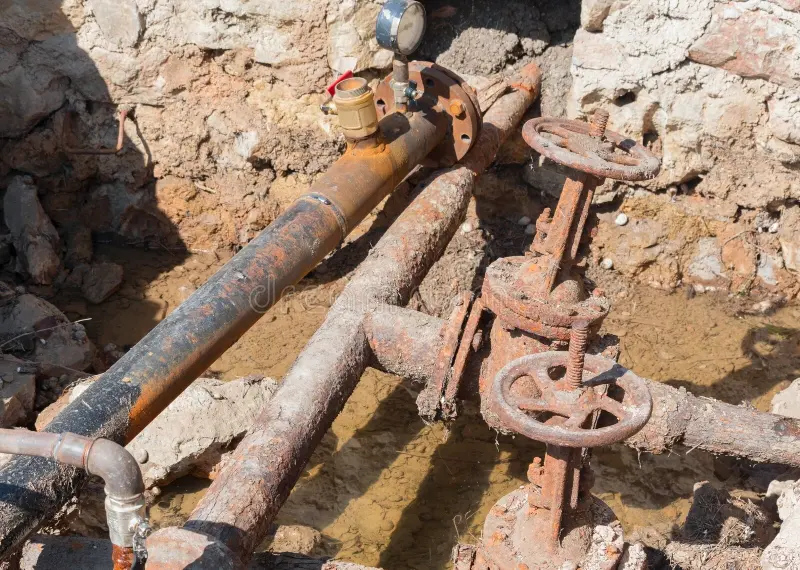
- Blockages and Sediment Buildup: Solid materials in wastewater can accumulate on the inner walls of the pipes, leading to reduced flow or blockages.
- Soil Shifts or Settling: Changes in
soil stability can cause misalignment or damage to the pipes.
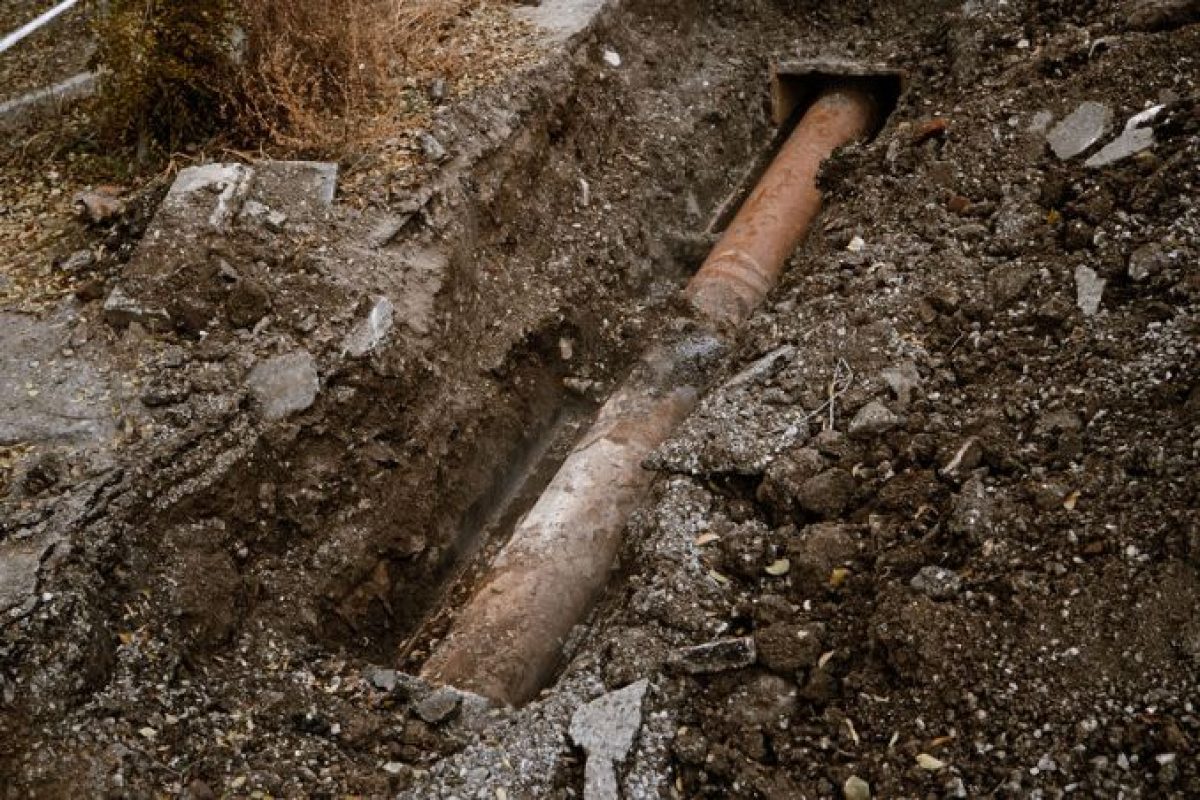
Cast iron pipes
are widely used in various construction and infrastructure applications due to
their excellent mechanical properties, corrosion resistance, and economic
benefits. They can be classified into several types based on different
manufacturing processes and uses. Their lifespan typically ranges from 50
to over 100 years, depending on various factors including material type,
environmental conditions, installation quality, and maintenance practices.
Regular inspections and proactive maintenance are essential for ensuring their
long-term effective operation.

 en
en  fra
fra  de
de  ru
ru  gle
gle  th
th  ara
ara  it
it  jp
jp  kor
kor  zh
zh 


